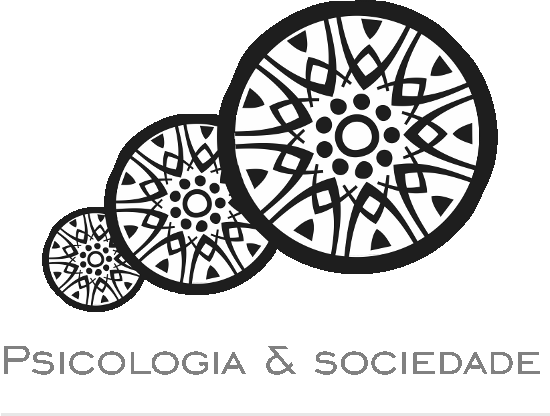The tactile-vision-substitution-system (TVSS) is an assistive technology designed to aid the visually impaired in perceiving visual aspects of their environment located beyond touch. In order to better understand the learning process of that assistive aid, we trained four blind participants with the Brainport®, the last version of the TVSS, where the transformed visual images are explored by the tongue. More specifically, this article aims to investigate the initial stage of this learning process, in terms both of participants' performance and their qualitative experience. The training, conducted according to the clinical-pedagogic method, produced data both from the first-person and the third-person point of view. Data were gathered through records of participants' performance and explanation interviews. Results show that the main difficulties arising during the process concerned sensory-motor coupling, body and head movement, and the gap between actual and expected quality of the perceptual experience.
cognitive technology; assistive technology; sensory substitution; visual impairment; technology learning



